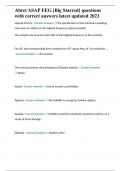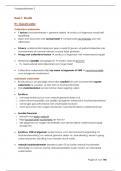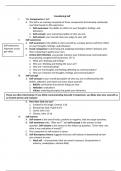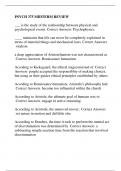Autre
Research Methods
- Cours
- Établissement
- Book
This talks about the chapters of the textbook for the first midterm exam for the course. This includes definitions along with examples. As well as the concepts are broken down into specific categories.
[Montrer plus]













